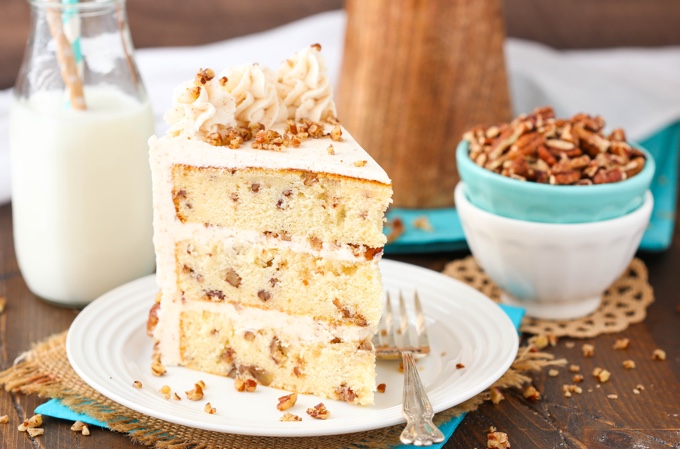Learning how to brown butter offers a high return on investment: it’s easy to do, and the results boost the depth and complexity of nearly any dish. All that’s needed to take your next dinner or dessert to the next level are Challenge Butter, a pan, a spoon, and a little heat.
With its nutty flavor, aroma and color, it’s no wonder brown butter appeals to cooks in the fall, when comfort food and richer flavors abound. In fact, the French term for brown butter, beurre noisette, loosely means “nutty butter;” as water evaporates, the milk solids toast, giving brown butter its speckled, amber appearance.
While France may be beurre noisette’s culinary home, brown butter lends warmth and richness to dishes all over the globe, like the classic autumnal Italian pasta, Tortellini with Brown Butter and Sage. It also adds flavor complexity to baked goods like these Brown Butter Cookies. But before you begin browning, we offer a few helpful tips:
- Use a light-colored saucepan or sauté pan. This allows you to catch the butter as it changes from yellow to brown but before it burns and the milk solids turn black.
- Keep the heat low. Butter can go from browned to burnt very quickly, so keep the temperature under your pan low to ensure even browning.
- Watch for foam. When the butter starts to foam it means the water is evaporating and the milk solids are starting to toast, appearing as the brown flecks in your butter.
- Remove from heat. Once the butter is sufficiently browned, transfer it from the saucepan to a room-temperature bowl to ensure that it doesn’t continue to cook.
- Bump veg flavor. Browned butter has a meatiness to it that augments umami flavors in vegetarian cooking or vegetable dishes. Good examples include Brussels Sprouts with Brown Butter and Hazelnuts, Braised Fingerling Potatoes in Browned Butter, and Butternut Squash Soup with Browned Butter and Sage.
- Get salty. In baked goods like our Brown Butter Cookies, the brown butter brings out caramel and vanilla tones that beg for a dusting of sea salt for contrast, like a salted caramel. Try sprinkling cookies, cakes, or pastries with a bit of kosher sea salt just before baking.

